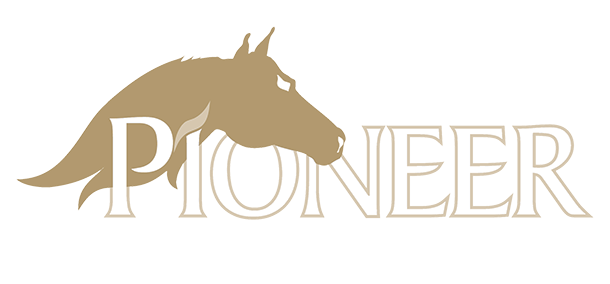

 Magnetic Resonance Imaging
Magnetic Resonance Imaging
Our high field system allows us to acquire images in the anesthetized patient from the hoof, knee and hock; including suspicious soft tissue injuries in the pastern, fetlock, cannon, and proximal suspensory ligament areas. We gather images in multiple planes allowing the radiologist to precisely locate the cause of the problem. MRI is an exciting technology as it allows us to diagnose lameness causing injuries that show few or no abnormalities with other imaging techniques like radiographs or ultrasound.
The superior contrast resolution of MRI allows the production of high quality images in any plane through the region of interest. The images generated show the anatomy of bones, joints, muscles, ligaments and tendons at a level unsurpassed by any other modality. In addition to showing normal anatomy, MRI can detect tissue injury that on gross examination may not even be apparent to the human eye. It is the most powerful tool currently available to assess the cause of lameness in horses and has revolutionized the way in which veterinary orthopedic specialists manage equine lameness.
While the technology of the equine MRI is very exciting, it is very important to remember it is not meant to replace radiographs, ultrasounds, CT or nuclear scintigraphy. It is another means of diagnostic imaging and a thorough lameness work-up will always need to be done prior to scheduling an MRI.
Does my Horse need an MRI?
MRI is the modality of choice when the general location of the injury is known and traditional methods such as radiographs and ultrasound have failed to identify the cause of the problem. The high detail images of the soft tissues and bone provide for a superior cross-sectional image of the affected anatomy in multiple planes.
The MRI Process
The MRI is performed under general anesthesia to allow for proper positioning and minimize movement during the exam. With orthopedic conditions of the extremities, both limbs are imaged at their respective sites of injury for a complete evaluation and comparison between limbs. A typical MRI of the extremities will take about 1.5-2 hours under general anesthesia.
How to Schedule an MRI
- Consult with your veterinarian
- Have you or your veterinarian contact Pioneer Equine Hospital to discuss if MRI is right for your horse.
- Gather all records including history, results of nerve blocks, radiographs, ultrasound exams or any other pertinent information.
- Schedule an appointment by calling (209) 847-5951
What Else Should I Know?
- All horse shoes will be removed prior to the exam and screening radiographs of the feet will be obtained to ensure no metal is present that may affect the MRI exam.
- Due to safety considerations, clients are restricted from entering the room with the magnet.
- Preliminary results of the MRI will be available immediately. Final results of the scan will be available after review by an independent radiologist.
- Copies of the exam are available on compact disc or emailed to you. Please consult with the staff if interested in obtaining a copy.
- Due to the general anesthetic, it is often best if the horse remains overnight to allow for a complete recovery prior to hauling.
History
Developed in 1978 and expanded in the 1990s, MRI has been the gold standard in human medicine for diagnostic imaging of orthopedic, brain and soft tissue injuries. MRI utilizes a strong magnetic field (30,000 times as strong as the Earth’s magnetic field) to orient the atoms of the body. By changing this field temporarily, these atoms react and emit radio waves which are detected and interpreted by a computer to create the image. No radiation is used and there are no known side-effects to the use of MRI at this field strength in the horse. MRI technology expands veterinary understanding of many lower limb and hoof pathologies by giving us an in-depth view of structures that X-ray and ultrasound can’t image. The diagnoses that we are now able to make using MRI can have a significant impact on the end result for many horses







